Hello friends of Hive, next I want to share with you a project I am starting, it is a series of tutorials and tips on how to become a good photographer. This first article of the series is accompanied by photos taken by me that will serve as an example for the tips I want to share with you.
Convertirse en fotógrafo es un camino largo:
Si quieres crear imágenes memorables, tienes que aprenderlo todo, desde cómo disparar en diferentes situaciones de iluminación hasta cómo componer tus tomas para que los sujetos destaquen del fondo.
Sigue leyendo para obtener más información sobre cómo ser un creador de recuerdos que perduran en el tiempo.
Becoming a photographer is a long road:
Becoming a photographer requires more than just having a camera and an interesting subject.
If you want to create memorable images, you have to learn everything from how to shoot in different lighting situations to how to compose your shots so your subjects stand out against the background.
Read on to learn more about how to be a memory maker that lasts.
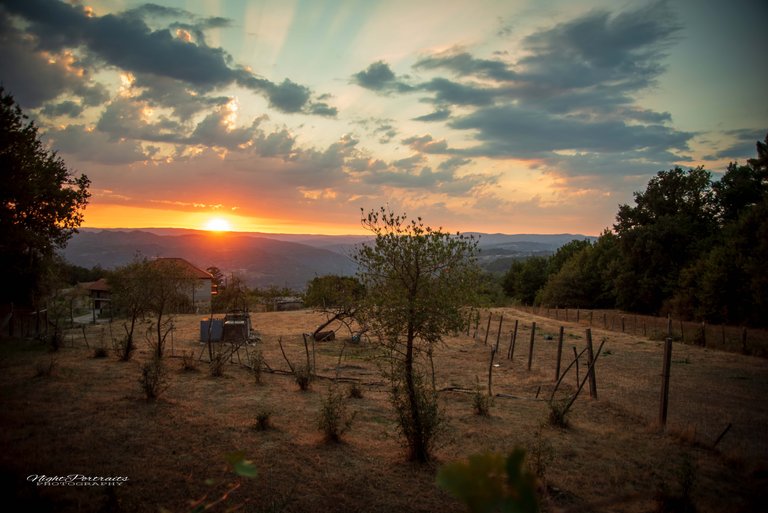
Lo primero que tienes que hacer es ser un buen estudiante:
Eso es lo que tienes que ser antes de convertirte en fotógrafo.
Ser fotógrafo es un trabajo tanto creativo como técnico.
Tendrás que aprender los aspectos técnicos del campo, como el uso de los ajustes manuales de tu cámara, la velocidad de obturación, la apertura del diafragma, el ISO, etc. También tendrás que aprender a usar tu creatividad para tener nuevas ideas sobre cómo fotografiar a los sujetos o paisajes de nuevas maneras.
Tendrás que saber estudiar a tus sujetos, puedes empezar con tus amigos y familiares, obsérvalos de cerca y presta atención a cómo se mueven. También puedes estudiar las cosas que te rodean, como los árboles y las flores de tu jardín y los pájaros que visitan tus comederos...
The first thing you have to do is to be a good student:
A good student is not only curious about the world, but also eager to learn more about it. If you are curious to learn new things and eager to try new things, you have the spirit of a good student.
That's what you have to be before you become a photographer.
Being a photographer is both a creative and technical job.
You will have to learn the technical aspects of the field, such as how to use the manual settings on your camera, shutter speed, aperture, ISO, etc. You will also have to learn to use your creativity to come up with new ideas on how to photograph subjects or landscapes in new ways.
You will have to know how to study your subjects, you can start with your friends and family, watch them closely and pay attention to how they move. You can also study the things around you, such as the trees and flowers in your garden and the birds that visit your feeders...
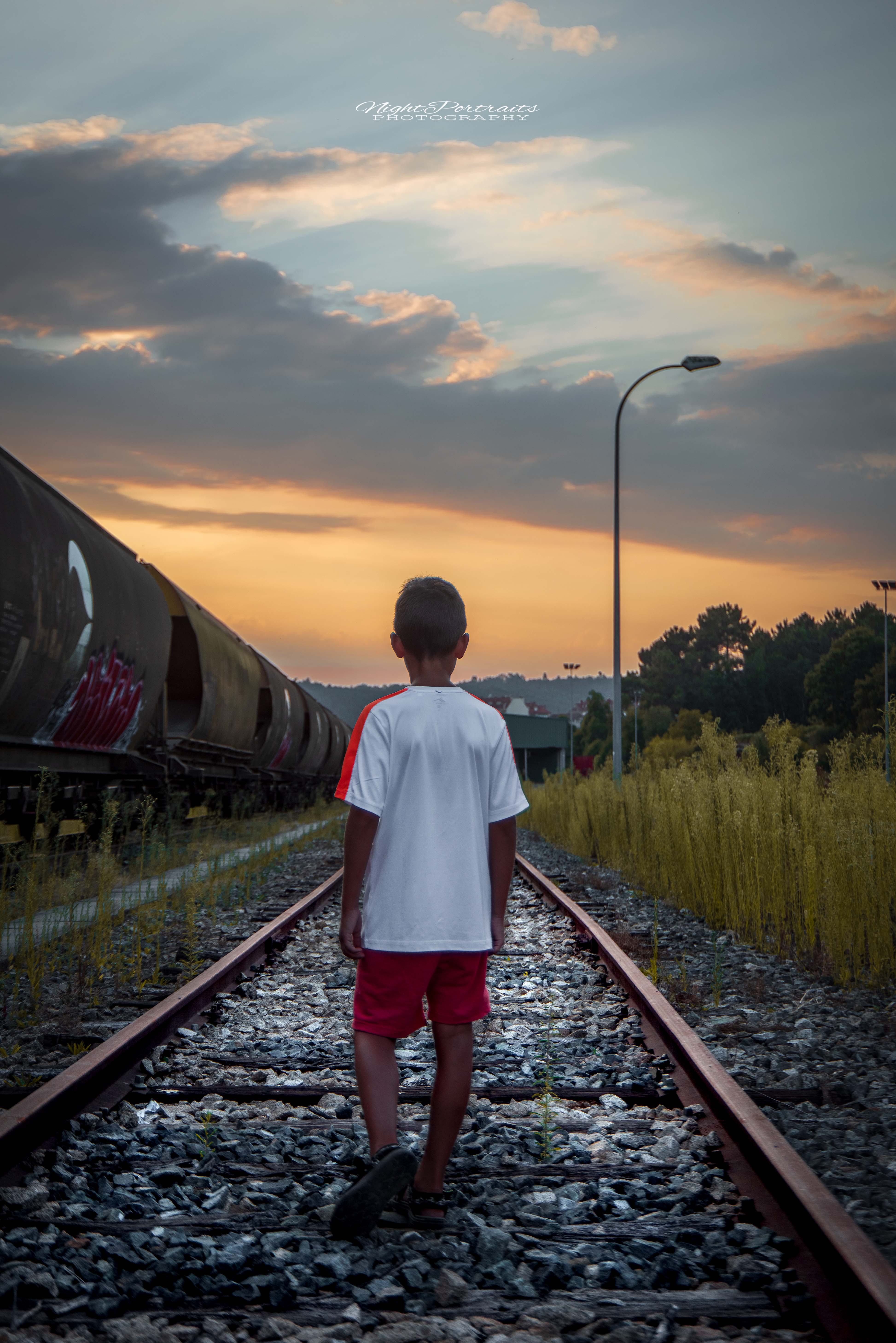
Tienes que saber utilizar los ajustes manuales de tu cámara:
El cambio al modo manual te permitirá controlar las cosas que importan en la fotografía, la velocidad de obturación, la apertura y el ISO, para que puedas hacer mejores fotos.
El modo automático no te permite cambiar estos ajustes. El modo manual, en cambio, te permite controlar estos aspectos denominados como triángulo de la exposición.
Tienes que aprender a ajustar estos parámetros cuando disparas en diferentes condiciones de luz, como en interiores y exteriores.
Cuando empiezas a estudiar fotografía, dominar el triángulo de exposición tal vez te parezca una tarea complicada, pero con el tiempo te darás cuenta de que es como aprender a leer, al principio cuesta pero poco a poco adquieres más destreza.
You need to know how to use the manual settings on your camera:
Auto mode is a good option when you're learning how to take pictures with your camera, but once you know the basics of photography, you need to switch to manual settings.
Switching to manual mode will allow you to control the things that matter in photography, shutter speed, aperture and ISO, so you can take better pictures.
Auto mode does not allow you to change these settings. Manual mode, on the other hand, allows you to control these things called the exposure triangle.
You have to learn how to adjust these parameters when shooting in different lighting conditions, such as indoors and outdoors.
When you first start studying photography, mastering the exposure triangle may seem like a daunting task, but over time you will find that it's like learning to read, it's hard at first but you gradually become more proficient.
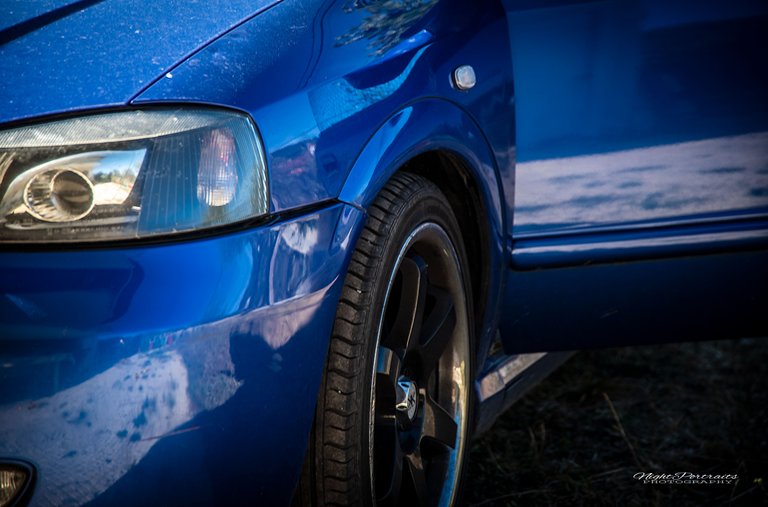
No sigas ciegamente la regla de los tercios:
La regla dice que tienes que colocar el sujeto en un tercer punto desde el lado izquierdo o desde el lado derecho de la imagen. La idea detrás de la regla de los tercios es crear una composición visualmente agradable.
La regla de los tercios puede haber funcionado en las fotografías clásicas del pasado, pero no puede seguirse ciegamente en el mundo moderno de la fotografía.
La regla de los tercios puede ser útil en los casos en que se fotografían paisajes, pero no es tan útil en los casos de retratos e imágenes que representan a sujetos humanos.
La regla de los tercios también se puede aplicar en la composición de escenas urbanas y tomas arquitectónicas, sin embargo si en la foto aparecen personas o animales quizás resulte contraproducente, deberás estudiar a fondo cada situación antes de aplicarla ciegamente.
Don't blindly follow the rule of thirds:
The rule of thirds is something photographers have used for years to compose their images.
The rule says that you have to place the subject at a third point from the left side or from the right side of the image. The idea behind the rule of thirds is to create a visually pleasing composition.
The rule of thirds may have worked in classic photographs of the past, but it cannot be blindly followed in the modern world of photography.
The rule of thirds may be useful in cases where landscapes are photographed, but it is not as useful in cases of portraits and images depicting human subjects.
The rule of thirds can also be applied in the composition of urban scenes and architectural shots, however if people or animals appear in the photo it may be counterproductive, you should study each situation thoroughly before applying it blindly.

Dispara en formato RAW, te ayudará a desarrollar tus habilidades más rápidamente.
Puedes hacer fotos en modo JPEG y saldrán bien, pero si quieres aprender fotografía, deberías disparar en formato RAW.
El formato RAW es un poco complicado de usar al principio, pero es el mejor formato para hacer fotos. Este te da más control sobre tus imágenes y te permite ajustar infinidad de parámetros tales como exposición, color, iluminaciones, sombras, etc...
El formato RAW no tiene pérdidas de calidad, lo que significa que no se pierde ningún detalle.
Shoot in RAW format, it will help you develop your skills faster:
Most camera users shoot in JPEG mode, this is because JPEG is easy to use.
You can take pictures in JPEG mode and they will come out fine, but if you want to learn photography, you should shoot in RAW format.
RAW format is a bit tricky to use at first, but it is the best format to shoot in. It gives you more control over your images and allows you to adjust a lot of parameters such as exposure, color, highlights, shadows, etc...
RAW format is lossless, which means that no detail is lost.
Of course you will have to develop your photos before you can use them in your social networks or projects, this will open the doors to the world of digital editing which we will talk about in future posts.
El objetivo no lo es todo, también necesitas un trípode robusto:
Pero no lo es todo, también necesitas un buen trípode y uno robusto, no uno de calidad barata.
Estamos en la era digital y la mayoría de las imágenes que tomamos se hacen con poca luz, por lo tanto, necesitarás un trípode para mantener tu cámara inmóvil y poder tomar imágenes claras y nítidas, de lo contrario, es posible que acabes sacando fotos borrosas o movidas.
Los trípodes son diferentes de los monopiés que se utilizan para estabilizar la cámara.
Un trípode es un soporte de tres patas que se utiliza para mantener la cámara fija y así poder realizar disparos de larga exposición sin miedo a que la cámara se mueva.
Es un equipo esencial para cualquier fotógrafo que quiera hacer fotos de calidad en situaciones poca luz.
The lens is not everything, you also need a sturdy tripod:
A good lens is a must for a photographer.
But it's not everything, you also need a good tripod and a sturdy one, not a cheap quality one.
We are in the digital age and most of the images we take are taken in low light, so you will need a tripod to keep your camera still and to be able to take clear and sharp images, otherwise, you may end up taking blurry or shaky pictures.
Tripods are different from monopods, which are used to stabilize the camera.
A tripod is a three-legged stand that is used to hold the camera steady so you can take long exposure shots without fear of camera shake.
It is essential equipment for any photographer who wants to take quality photos in low light situations.
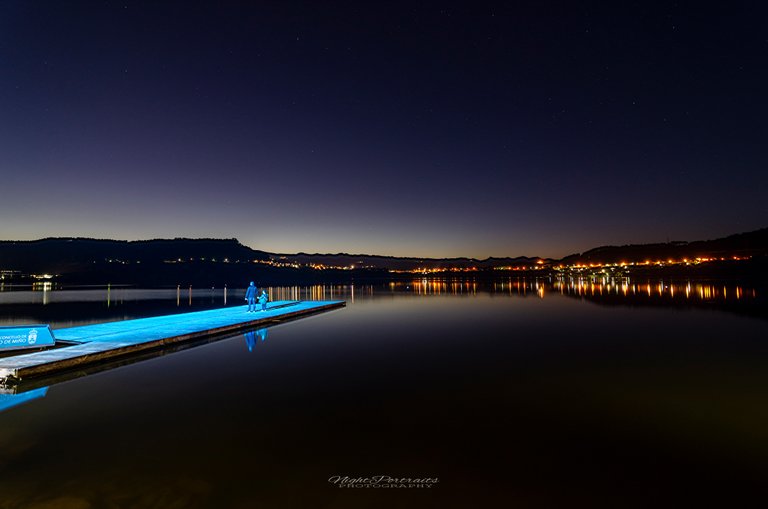
Tienes que sentirte cómodo en situaciones incómodas:
Puede que tengas que hacer fotos en exteriores en plena temporada de monzones o en interiores en salas poco iluminadas y llenas de desconocidos.
Puede que tengas que hacer fotos en la escena de un crimen, o en una boda, donde los novios están demasiado ocupados preparándose para mirarte.
En situaciones como éstas, tienes que ser capaz de reunir tu ingenio y estar cómodo y sereno para poder hacer buenas fotografías.
También tienes que ser capaz de pensar rápido y tomar decisiones rápidas, para poder captar los momentos más importantes de la mejor manera posible.
You have to be comfortable in uncomfortable situations:
Being a photographer requires you to put yourself in situations that you might not always be comfortable with.
You may have to shoot outdoors in the middle of monsoon season or indoors in dimly lit rooms full of strangers.
You may have to take photos at a crime scene, or at a wedding, where the bride and groom are too busy getting ready to look at you.
In situations like these, you have to be able to gather your wits and be comfortable and composed in order to take good pictures.
You also have to be able to think fast and make quick decisions, so you can capture the most important moments in the best possible way.
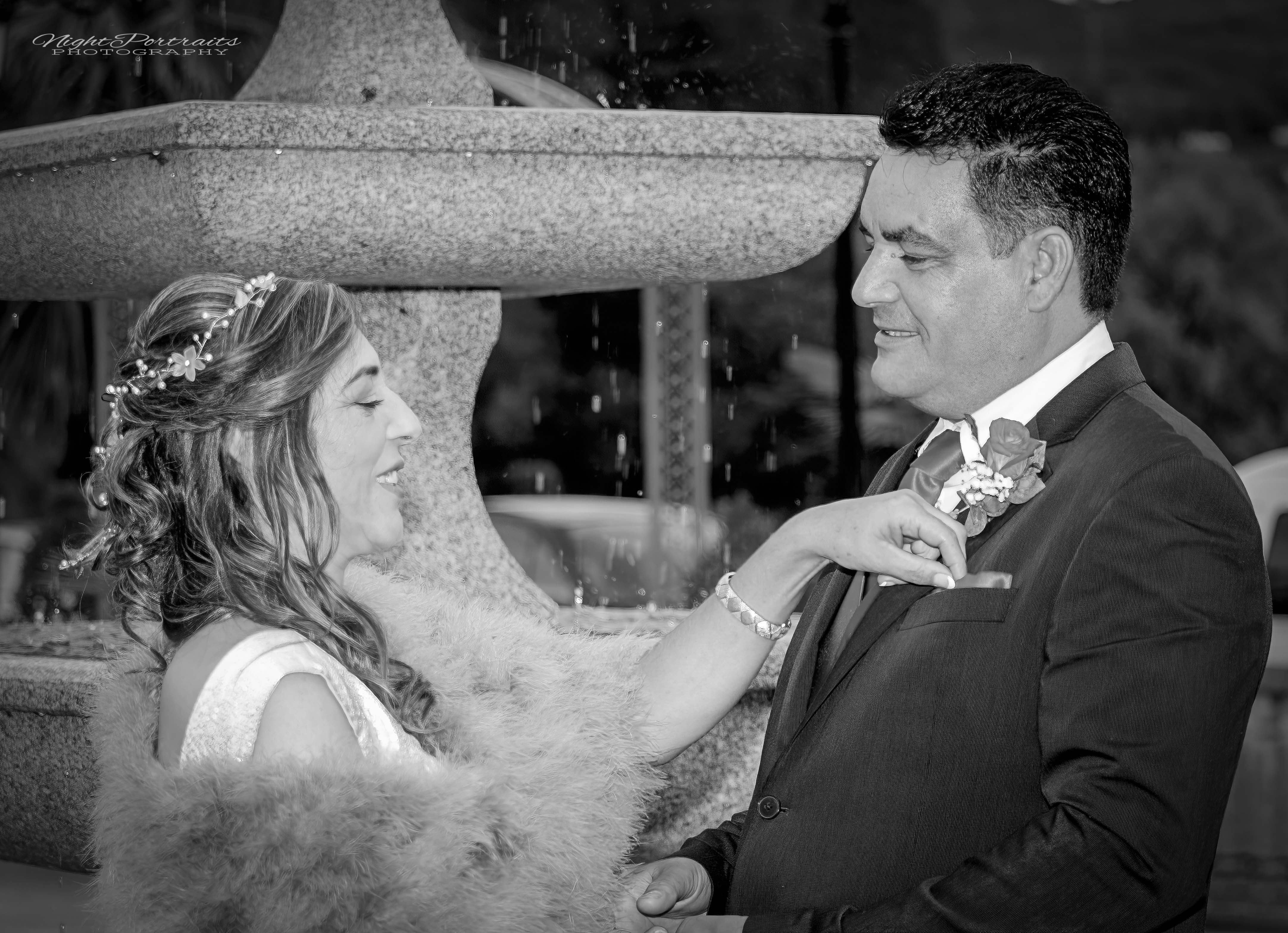
Ten en cuenta los pequeños detalles que marcan una gran diferencia en tus fotos:
El color de la luz que te rodea no parece importante, pero sí lo es, este tiene un efecto directo en los tonos de tus imágenes. Si la luz que te rodea es rojiza, tus imágenes tendrán un tinte rojizo. Si la luz que te rodea es azulada, tus imágenes tendrán un tinte azulado.
No se debe de confundir el tono de color con la temperatura de color, son cosas muy diferentes que os explicaré en el siguiente post de esta série.
Be aware of the little details that make a big difference in your photos:
You have to learn to look beyond the things that matter in photography such as the lens, exposure triangle, camera, etc. You also have to look at the little details that make a big difference in your photos such as the color of the light around you and the color of your subjects, the depth of field and the contrast of your images.
The color of the light around you doesn't seem important, but it is, it has a direct effect on the tones of your images. If the light around you is reddish, your images will have a reddish tint. If the surrounding light is bluish, your images will have a bluish tint.
Do not confuse color tone with color temperature, they are very different things that I will explain in the next post of this series.
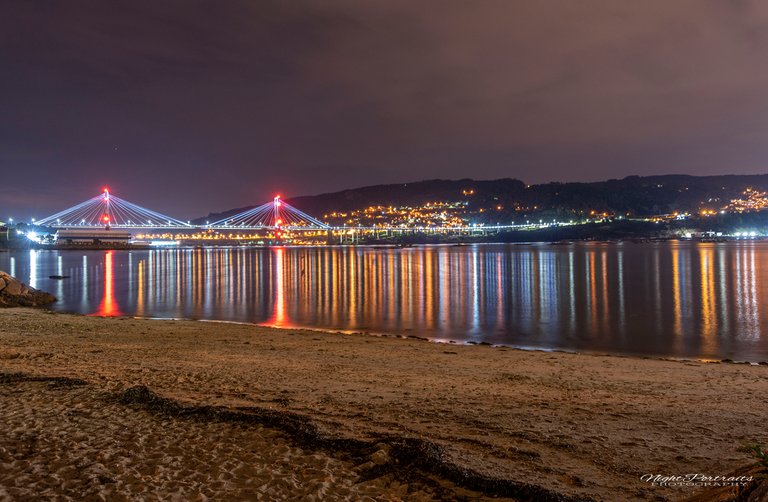
Recuerda:
Cuando quieres ser fotógrafo, tienes que convertirte primero en estudiante.
Tienes que aprender todo sobre la fotografía antes de enseñar a los demás sobre ella.
Convertirse en fotógrafo requiere que seas constante y persuasivo.
También requiere que te sientas cómodo en situaciones incómodas, que sepas utilizar los ajustes manuales de tu cámara y que sepas utilizar la regla de los tercios al componer tus imágenes.
Es muy importante que dispares en formato RAW, para que puedas desarrollar tus habilidades más rápidamente.
Por último, convertirse en fotógrafo requiere que seas consciente de los pequeños detalles que marcan una gran diferencia en tus fotos.
Nos vemos en el próximo post!!!
That's all for today folks, I hope you found it enlightening.
Remember:
When you want to become a photographer, you have to become a student first.
You have to learn everything about photography before you can teach others about it.
Becoming a photographer requires you to be consistent and persuasive.
It also requires you to be comfortable in uncomfortable situations, to know how to use the manual settings on your camera, and to know how to use the rule of thirds when composing your images.
It is very important that you shoot in RAW format, so that you can develop your skills more quickly.
Finally, becoming a photographer requires you to be aware of the small details that make a big difference in your photos.
See you in the next post!

cómo avanza y cómo desaparecen las cosas,
pero por eso somos fotógrafos,
somos conservacionistas por naturaleza,
hacemos fotos para detener el tiempo y registrar momentos en la eternidad...

how it advances and how things disappear,
but that's why we are photographers,
we are conservationists by nature,
we take pictures to stop time and record moments in eternity...

Por si os interesa estas son mis cuentas de instagram...
In case you are interested these are my instagram accounts...

